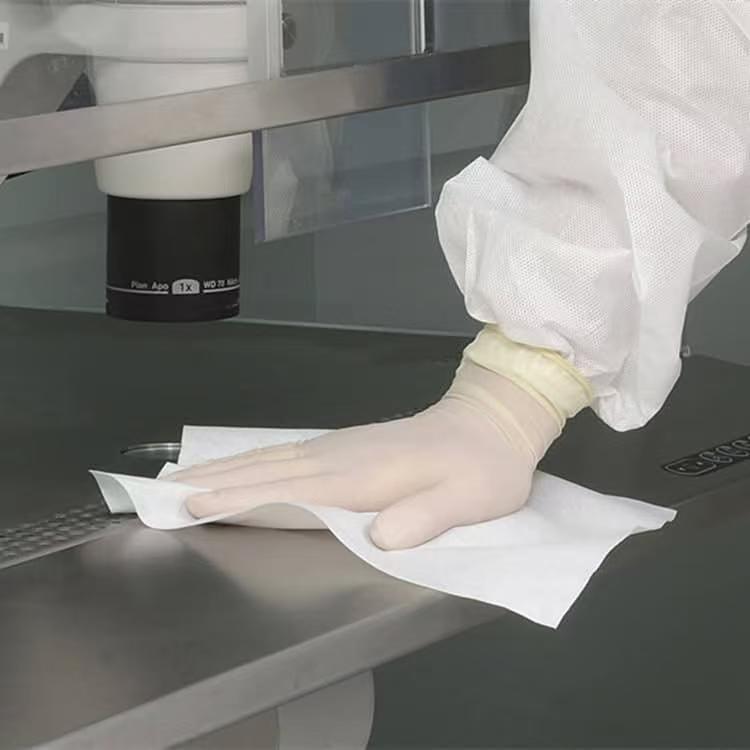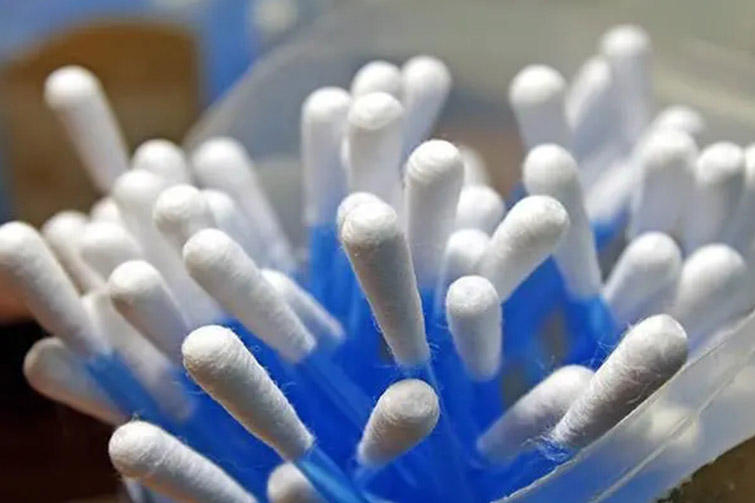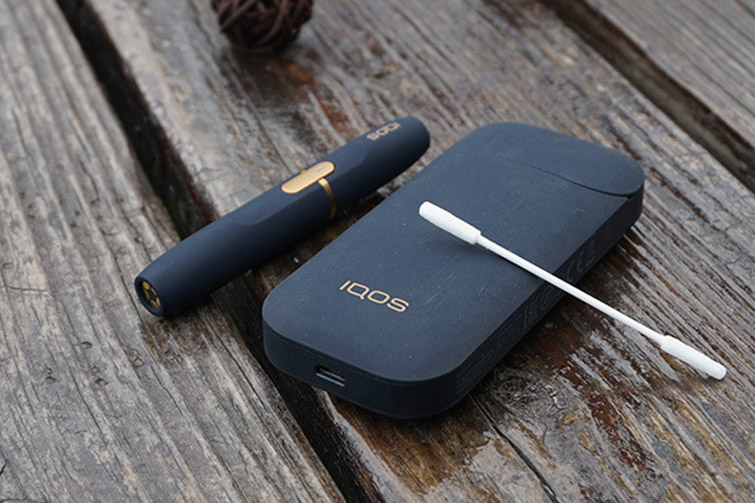

How to Choose Industrial Dust-Free Purification Cotton Swabs
Industrial dust-free purification cotton swabs are essential tools used in a variety of industries, including electronics, medical devices, and optics, where cleanliness and precision are critical. These swabs are designed to remove dust, debris, and contaminants without leaving residue or causing damage. Selecting the right cotton swab for industrial use can be challenging, as there are many factors to consider. This article will guide you through key aspects to consider when choosing industrial dust-free purification cotton swabs.
1. Consider the Tip Material
The material of the cotton swab tip plays a crucial role in determining its effectiveness for specific tasks. Different tip materials are suitable for different cleaning requirements:
- Foam Tips: Foam-tipped swabs are highly absorbent and ideal for cleaning large surfaces or applying solvents. They are commonly used for delicate equipment, such as printheads or electronics, where liquid absorption and particle collection are essential.
- Microfiber Tips: Microfiber tips are soft and gentle, making them suitable for cleaning sensitive surfaces like optical lenses, camera sensors, and delicate electronic components. Microfiber swabs are excellent for dry cleaning or removing fine particles without scratching the surface.
- Cotton Tips: Cotton-tipped swabs are widely used for general cleaning applications. While they may leave fibers behind, dust-free cotton swabs are specially treated to minimize lint production. Cotton swabs are suitable for absorbing liquids, wiping, or cleaning less sensitive surfaces.
- Polyester Tips: Polyester-tipped swabs are resistant to abrasion and chemicals, making them ideal for use with solvents. They are durable and leave minimal residue, which is essential in environments like cleanrooms or laboratories.
2. Tip Shape and Design
The shape and design of the swab tip determine its ability to reach tight spaces, remove contaminants, and clean specific areas. Different tasks require different tip shapes:
- Pointed Tips: Pointed-tip swabs are excellent for cleaning small, intricate parts, such as connectors, circuit boards, and other tight spaces. Their precision helps access hard-to-reach areas without damaging surrounding components.
- Flat Tips: Flat-tip swabs provide a larger surface area for wiping and are ideal for cleaning broad surfaces like glass, plastic, or screens. They are commonly used in applications where coverage is more important than precision.
- Rounded Tips: Rounded-tip swabs are versatile and offer a balance between precision and surface area. They can be used in a variety of cleaning tasks, making them a good all-around choice for general use.
- Double-Ended Swabs: Some swabs feature different tip shapes on each end, offering versatility for multiple cleaning tasks with one tool.
3. Handle Material and Length
The handle of a cotton swab is just as important as the tip, especially in industrial applications where durability and reach are critical.
- Plastic Handles: Plastic handles are lightweight, flexible, and commonly used in general applications. They are suitable for light-duty cleaning tasks where minimal pressure is applied.
- Wooden Handles: Wooden handles provide more rigidity, making them ideal for tasks requiring additional pressure or strength. They are often used in industrial environments where a sturdier swab is needed.
- Paper Handles: Paper handles are eco-friendly and biodegradable, making them an excellent choice for industries focused on sustainability. However, they are not as durable as plastic or wooden handles, so they may be better suited for light cleaning tasks.
- Handle Length: Longer handles are useful for cleaning deep or narrow areas that are difficult to reach with standard-length swabs. For example, in electronics assembly or automotive applications, longer swabs provide better access to confined spaces.
4. Compatibility with Cleanroom Environments
In industries such as semiconductors, biotechnology, and pharmaceuticals, cleanroom standards must be met to ensure that contamination does not compromise product quality. When selecting cotton swabs for cleanroom use, consider the following:
- ISO Classification: Cleanrooms are classified by ISO standards based on the number of particles allowed per cubic meter of air. Choose cotton swabs that are rated for the specific cleanroom class you are working in, such as ISO Class 5 or Class 6.
- Low-Lint or Lint-Free Swabs: In cleanroom environments, it is essential to choose swabs that are lint-free or produce minimal lint. Lint can introduce contaminants that compromise the cleanliness of the environment.
- Non-Shedding Material: Select swabs made from non-shedding materials to prevent fibers from detaching during cleaning. This is especially important in sensitive manufacturing processes where even the smallest contaminants can affect the final product.
5. Chemical Resistance
In many industrial applications, cotton swabs are used with solvents, cleaning agents, and other chemicals. It is essential to choose swabs that are resistant to the chemicals they will be exposed to.
- Swabs for Solvents: If you need to apply solvents such as alcohol, acetone, or other cleaning agents, select swabs with tips that can withstand chemical exposure without breaking down. Foam and polyester-tipped swabs tend to have higher chemical resistance than cotton or microfiber.
- Swabs for Dry Cleaning: If you do not need to use solvents, focus on swabs that excel at dry cleaning. Microfiber and low-lint cotton swabs are excellent choices for removing dust and particles without requiring liquids.
6. Application-Specific Requirements
Each industry has unique requirements when it comes to cotton swab selection. Whether you're working in electronics, medical devices, optics, or automotive industries, it's important to select swabs tailored to your specific needs:
- Electronics: In the electronics industry, swabs are used for cleaning circuit boards, removing flux, and applying solvents. Anti-static swabs are often preferred to prevent static discharge that could damage sensitive components.
- Medical Devices: Swabs used in the medical industry must be sterile and free from contaminants. Look for swabs that meet medical-grade standards and are suitable for use with delicate instruments and devices.
- Optics: For cleaning lenses, lasers, and other optical components, swabs with soft, lint-free tips are essential. Microfiber and foam-tipped swabs are commonly used in this industry to prevent scratches and residue on sensitive surfaces.
- Automotive: In the automotive sector, swabs are used for cleaning small parts, applying lubricants, and removing contaminants. Durable swabs with pointed or flat tips are ideal for reaching tight spaces in engines and machinery.
Conclusion
Selecting the right industrial dust-free purification cotton swabs is vital for maintaining cleanliness and precision in various applications. Consider the material, shape, handle design, and specific industry requirements when making your choice. By carefully evaluating your cleaning needs and the characteristics of the swabs, you can ensure that your equipment and surfaces remain free of dust, debris, and contaminants, leading to better performance and longer-lasting components.







